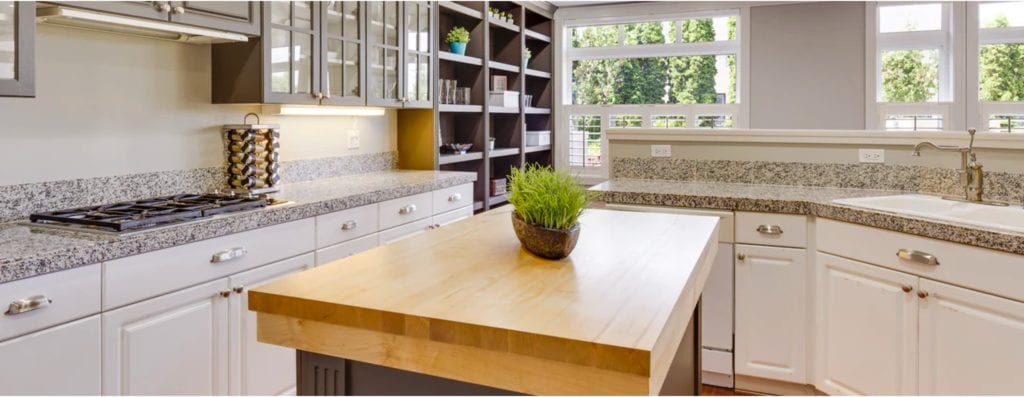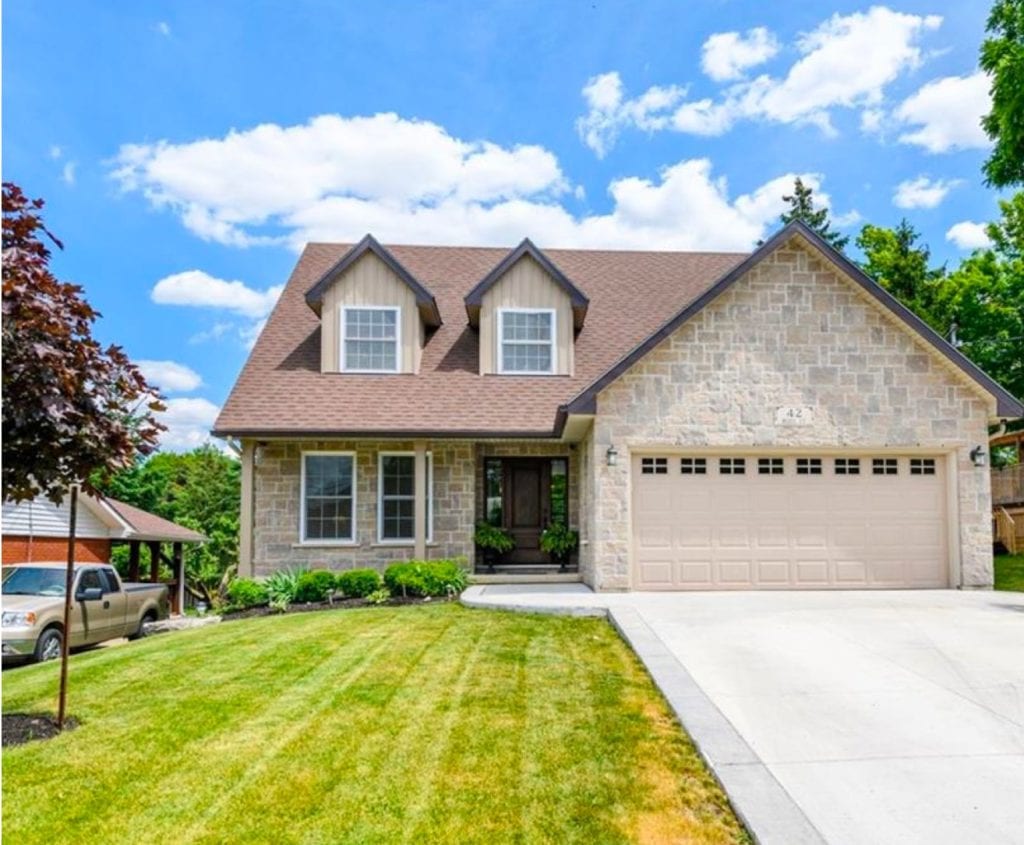
The Federal government has released their final budget — and it’s the final budget of this term, before the next federal election. The liberals are trying to include as many items in their budget as they can, in hopes of winning over voters. Millennials now make up the largest block of voters in Canada and affordable housing is a core issue.
Many experts have been anticipating a number of new housing solutions in this latest budget, but it appears as though we’re in for disappointment. While there are two housing measures being proposed, neither are likely to be of much consequence.
Two Solutions Emerge for New Housing Measures
Many options were discussed in the past, such as increasing mortgage amortization or eliminating the stress test. It’s no surprise that the government has been attempting to take a cautious approach. With interest rates still being very low and debt levels quite high, there’s some uncertainty. The government doesn’t want to do anything that will put too much fuel on the housing fire.
Unfortunately, the changes the government did decide to make are of limited utility. They aren’t likely to make a significant impact. In fact, they could just end up confusing buyers. While there were a smorgasbord of options on the table, the government eventually settled on two changes: an increase in the amount that you can borrow from your RRSP and an “shared equity” program. Let’s discuss these in-depth.
Borrow up to $35,000 from Your RRSP
The government will be increasing the amount you can borrow from your RRSP to $35,000, to put towards a downpayment for your first home. While this may seem as though it might offer some relief, we know that many millennials are just struggling to get by and do not have additional resources to stash away in retirement savings plans.
Millennials at this point aren’t so concerned about the future and their retirement: they’re trying to get into their first home or move up into their next home. As nice as this sounds, it probably won’t have much of a real impact. It’s really just the government playing catch up, by increasing the amount of money you could previously borrow against your RRSP. Home prices have increased significantly since the program was initiated. It’s a positive thing, but it’s not a make-or-break for a first-time buyer.
However, this has the benefit of at least being easy to understand. The other measure being proposed is more confusing.
A Shared Equity Program with CMHC
Through this housing measure, the government will create a shared equity program with CMHC, wherein the government will help you with a down payment by giving you a free loan. However, it’s a loan: it does have to be paid back. A lot of the details still need to be released and are still being worked on, but here’s what we do know: the government will lend you 5% if you’re going to buy a resale home and 10% for a brand new home. It won’t ask for payments on the loan until you sell the property. So it’s basically interest free until you sell, but you do need to eventually pay it back.
That’s already a little confusing, but the more confusing part comes next. Since the government is giving you money against the home, your monthly payments are going down, because you’re borrowing less from the bank. So, on a property that’s $500,000, you would put down 5% and the government would put down 5%. Your total down payment is 10%.
That’s $25,000 from you, $25,000 from the government, for a total of $50,000. And that means that instead of borrowing $475,000, you’re really only borrowing $450,000 from the bank. Your monthly payments, in this example, will drop from $2,235 a month to $2,118 a month. That’s not a lot of cost savings.
The real issue with this program is that there are significant restrictions. You need to be a first-time home buyer and you can only make a max of $120,000 in household income. You also can’t borrow for a house more than 4x your household income, which means this program can’t be applied for properties over $480,000.
This is going to help people who are looking for homes from $0 to $500,000 and those who have households making less than $120,000. In our community, we’re fortunate that we do have homes that are in that price range, but those are some of the fastest moving homes in the market. These housing measures will definitely put more pressure on this segment of the market. Expect sales sales and prices to increase even more rapidly.
Don’t Wait on the New Housing Measures
In Hamilton there are still homes for sale under $500,000. Homes in the $0 to $500,000 bracket are the hottest segment of the market; it’s where we’re seeing home values driving up much faster and higher than in the rest of the city. It’s where we’re seeing multiple offers and homes selling way over list.
What these changes are likely to do is put more fire on that $0 to $500,000 bracket. Buyers able to afford a little more may opt to reduce their budget to take advantage of the new program as well. If you’re a buyer looking for a home in this price range, you should act now. Waiting for this program to arrive means you could be paying more for a home than will be gained. Hamilton home values were up 6% in March. If you look at homes in the $0 to $500,000 segment, values were up even higher.
By the time this program is initiated, the homes that are currently in the $0 to $500,000 bracket will be a lot higher, and I don’t think it justifies the 5% in savings you will receive, nor the amount that you can borrow against your RRSP. Regardless, if you’re making $120,000 or more, or looking for a home that’s $500,000 or more, these housing measures are of no benefit.
My advice is to get into the market as soon as possible. It’s unfortunate that the measures being proposed here (and in the past) really aren’t proving to be very significant. They aren’t going to make a dent in the affordability issue that first-time home buyers are facing.
Overall, these changes are still positive. Unfortunately they aren’t the answer to the affordability issue nor what many of us had hoped for.



